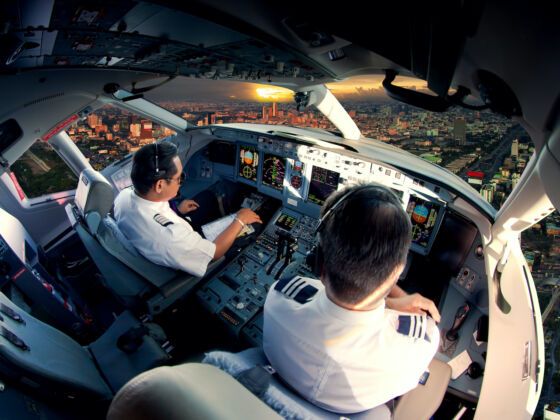THIS PAST SATURDAY, IN CALGARY, Canada, officials pulled a pilot off his plane and arrested him. He had been passed out drunk in the cockpit. This came on the heels of another incident last week in Indonesia, where an airline had to fire a pilot who was also caught flying drunk. That pilot also made it to the cockpit. Passengers became alarmed at his slurred speech over the speaker system, and reported him to the authorities. Only then was he removed from the flight.
On its face, this is pretty terrifying: we like to think the people who are flying us are — at the bare minimum — extremely competent, let alone sober. And the fact that the pilots could get this far is a little frightening. So what exactly do airlines do to keep us safe from pilots that are pissed to the gills?
